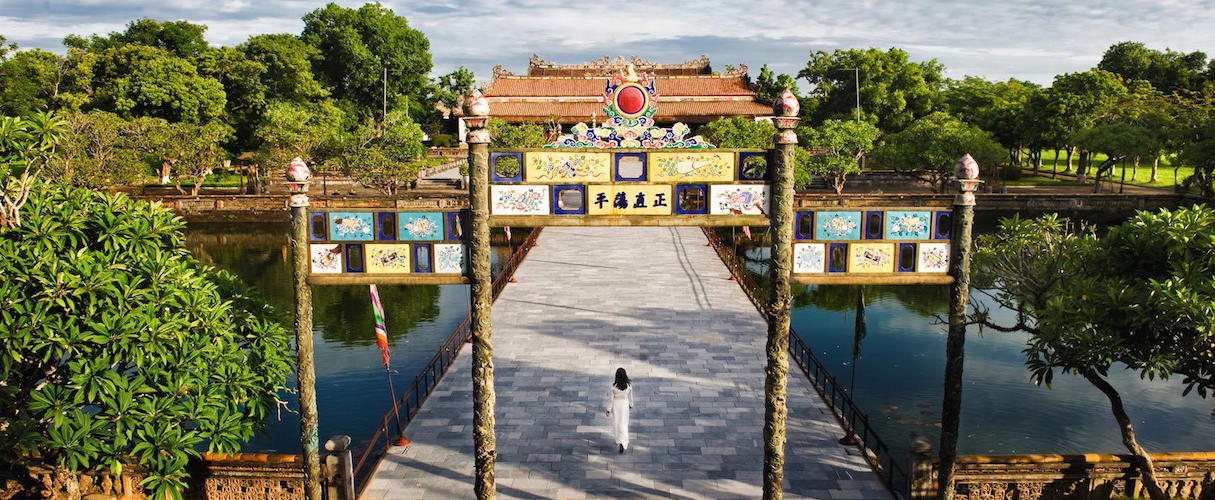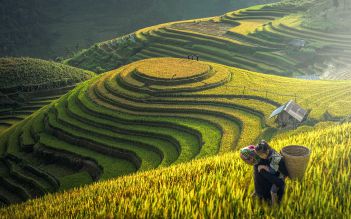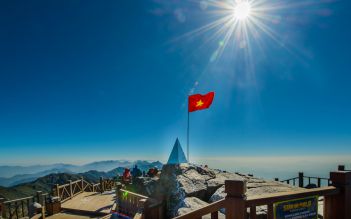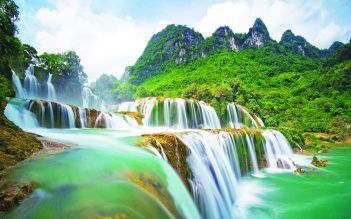Overview
Hue is a national city of Vietnam, and it used to be the capital of Vietnam under the Nguyen dynasty (1802-1945). Today, the city is centered on many aspects of the Central such as culture, politics, health, education, tourism, and science, etc. The prominent sites here are the Perfume River and the legacy of the feudal dynasty.
An overview of Hue
Moreover, the city has five UNESCO heritages in Vietnam: the Hue ancient citadel relic complex (1993), Nha Nhac (Hue royal court music) (2003), Nguyen Dynasty’s wood blocks (2009), Nguyen Dynasty’s Chau ban (2014), and the literature on Hue royal architecture (2016). Hue is one of the three biggest cities in North Central Vietnam and one of the largest cities in Vietnam.
Thuan Hoa - Phu Xuan - Hue has a history of formation and development of about seven centuries (since 1306). Over a long period, the city has integrated the precious material and spiritual values to create a cultural tradition in Hue. Hue culture is created by the special character of the spirit which is diverse in type, rich and unique in content, expressed richly in many fields such as literature, music, art, customs, festivals, behavior, eating - dressing - living, communication style, and lifestyle, etc.

Hue Imperial City
On the northern bank of the Perfume River is a relic consisting of castles built in a defensive style forming an 11km arc. This precious work consists of more than 100 architectural works, which really reflect the life of the Nguyen Kings. The beautiful tombs of the Nguyen Kings are among the hills on the southern bank of the Perfume River. The four most famous tombs are Gia Long Tomb, Minh Mang Tomb, Tu Duc Tomb, and Khai Dinh Tomb, of which each one is known by the king's personality.
Hue is also an important center of Buddhism. In Hue and the surrounding areas, there are dozens of pagodas built over 300 years ago and hundreds of temples and pagodas built in the early century.
Also, Hue is also seen as the origin of royal music and is home to many famous traditional dishes and sophisticated craftsmanship.
As the only city in the country still retains the appearance of a medieval city and the architectural integrity of a monarchy, Hue has become a great and priceless museum. Therefore, the government ranked relics in the ancient capital of Hue as an extremely valuable asset and in December 1993 Hue was ranked by UNESCO as a world cultural relic.
When is the best time to visit Hue?

Thien Mu Pagoda
If the climate of the country is divided into the dry season and the rainy season, then Hue only has two other seasons: rainy season and less rainy season. The rainy season lasts from September to the end of December. Meanwhile, the less rainy season lasts from the end of December until the end of April. In the rest of the time, Hue weather is sunny. Tourists come to Hue at different times. If domestic tourists often take Hue Full Day tour from the beginning of May until the end of September, then foreign tourists will come to Hue from October until the end of April.
The ideal weather in Hue is usually in November. You can refer to some reasonable time to go to Hue as follows:
Around March every year, Hue weather is still relatively cool, it is rarely rainy.
On the occasion of April 30, Hue usually organizes festivals with many special cultural activities.
Where to stay when visiting Hue?
Top luxurious hotels
- Indochine Palace
- Vinpearl Hotel Hue
- Vedana Lagoon Resort & Spa
- Pilgrimage Village Boutique Resort & Spa
- La Residence Hue Hotel & Spa
- Imperial Hue Hotel

Imperial Hue Hotel
Top budget hotels
- Hue Serene Palace Hotel
- Orchid Hotel
- Hue Serene Shining Hotel & Spa
- Homeland Hotel Hue
- Jade Hotel
- Hue Nino Hotel
Top attractions to visit in Hue
- Hue Imperial City
- Royal Fine Arts Museum
- Truong Tien Bridge
- Perfume River
- Ngu Binh Mountain
- Hue Walking Street
- Tombs
- Pagodas & temples




